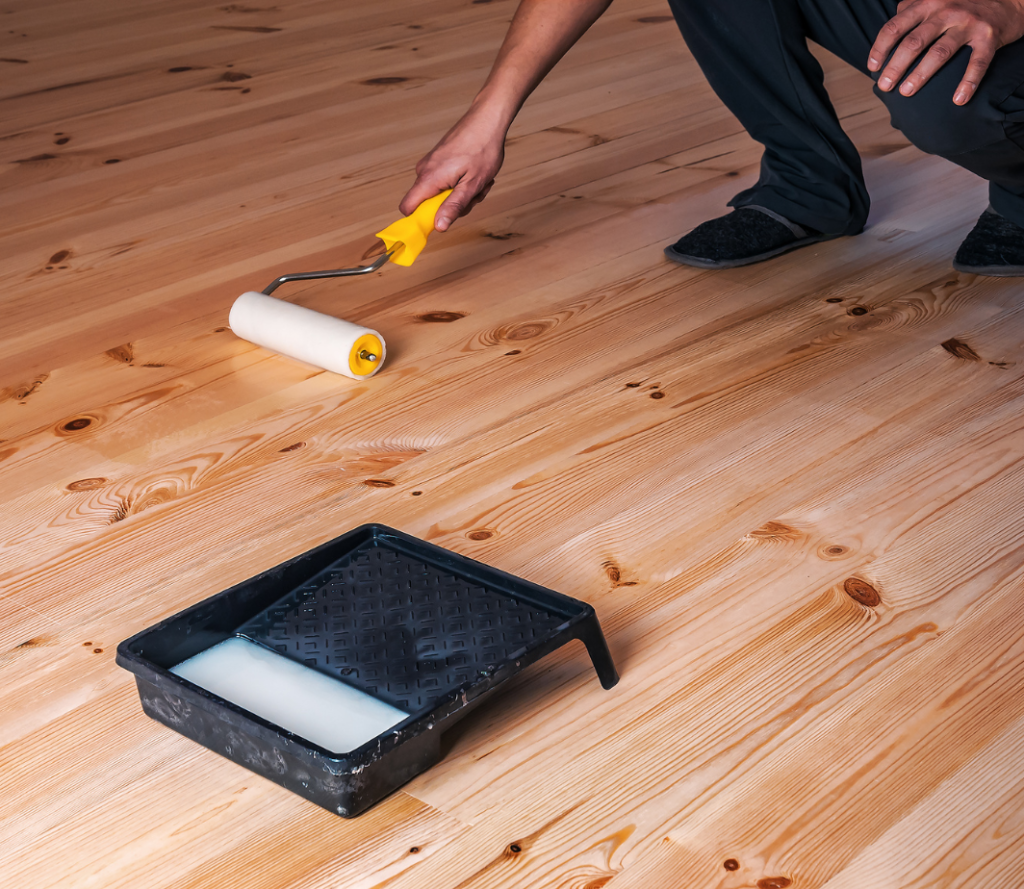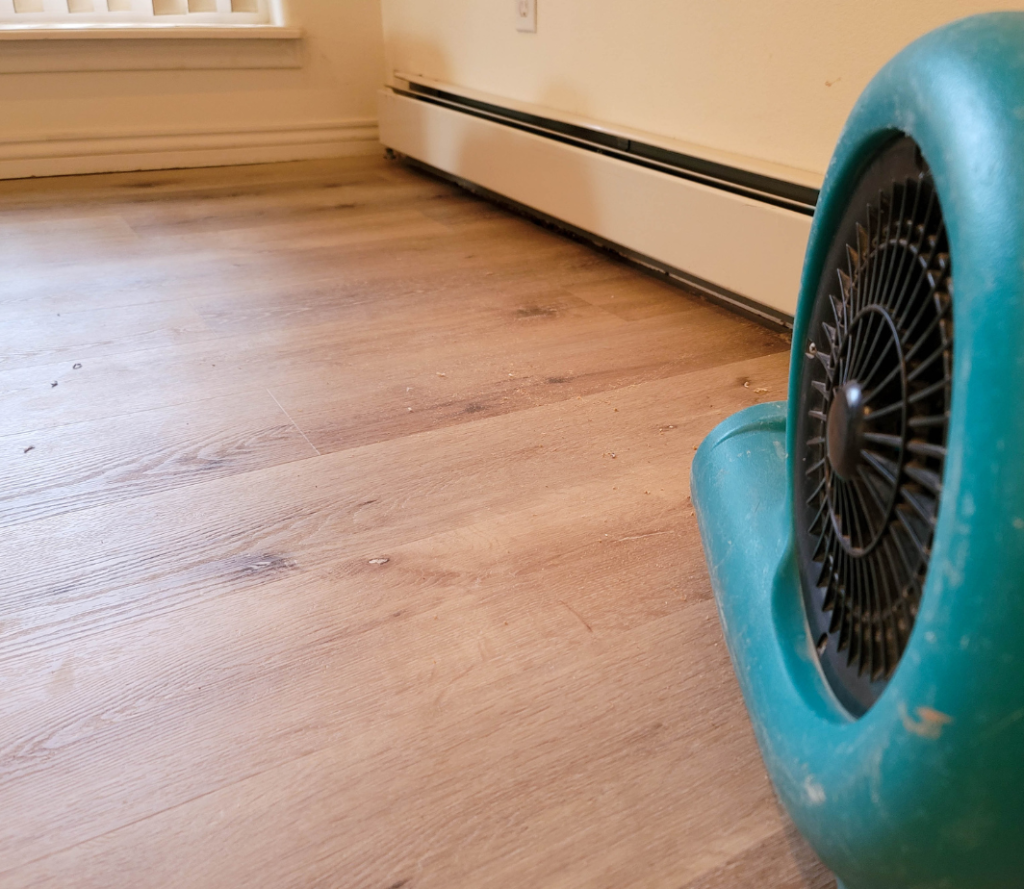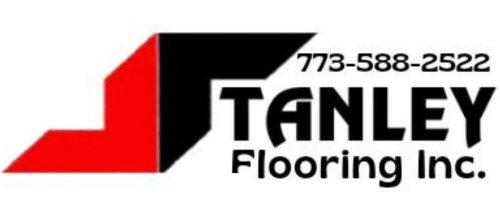Existing Flooring Services
Renew the beauty of your hardwood, laminate, or engineered floors with our refinishing expertise. Our skilled team uses advanced techniques and quality finishes to restore your floors to their original glory. From minor scratches to major damages, our repair services are tailored to address all your flooring concerns. We use premium materials to seamlessly mend any imperfections, ensuring a flawless finish.
Sanding and Finishing

Buffing and Recoating
Buffing and recoating can be used as a form of maintenance for hardwood floors to refresh the finish or protect high traffic areas. Buffing cleans the top layer of finish and can remove scratches that are in the surface of the finish. Many landlords choose to buff and recoat hardwood flooring whenever a tenant moves out, as this quickly and easily gives a shiny new finish to floors. In order to avoid having to re-sand and re-finish flooring, we recommend buffing and recoating hardwood flooring in high traffic areas such as kitchens and entry ways every 2-3 years while areas that receive less traffic can be every 10 years to protect the flooring from becoming worn and damaged. Buffing like is like a face lift for flooring.

Patch and Repair
Whenever possible, patching some sections of your hardwood floors is more cost effective. If you have a close match and sanding off the old finish then re-staining it and sealing could work, then that is also cheaper than replacing your entire floor. If you have a parquet floor, then replacing a small section of that usually works because it is a sort of patchwork in the first place. Replacing a section of laminate is usually quite easy, especially if you have saved some leftover pieces or can get an exact match. Replacing a section of laminate is like picking up a carpet square and replacing that – almost as easy.
Patching is replacing only a section of boards that has been damaged while saving the rest of the remaining flooring. Areas that need to be patched to remove them include pet urine, broken or cracked boards, and water damage.

Water Damage Repair

Ready to step onto your new floor?
Contact our team of expert flooring installers for your complimentary consultation and quote.
© All Rights Reserved. Chicagoland's #1 Flooring Company Since 1981.
